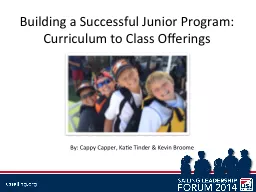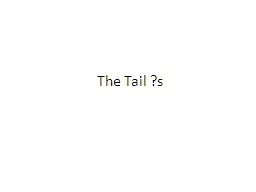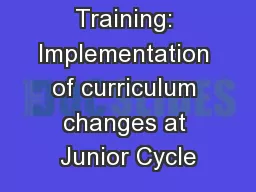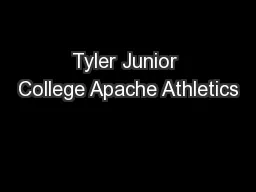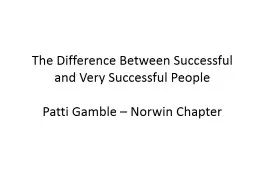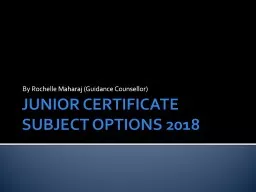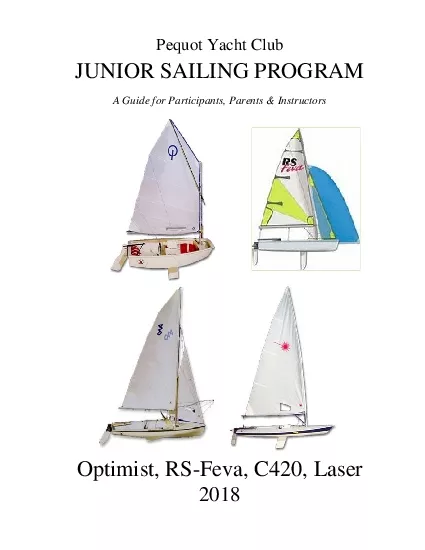PPT-Building a Successful Junior Program: Curriculum to Class Offerings
Author : liane-varnes | Published Date : 2019-03-13
By Cappy Capper Katie Tinder amp Kevin Broome Wayzata Community Sailing Center Located in Wayzata MN on the waters of Lake Minnetonka 501 c 3 not for profit
Presentation Embed Code
Download Presentation
Download Presentation The PPT/PDF document "Building a Successful Junior Program: Cu..." is the property of its rightful owner. Permission is granted to download and print the materials on this website for personal, non-commercial use only, and to display it on your personal computer provided you do not modify the materials and that you retain all copyright notices contained in the materials. By downloading content from our website, you accept the terms of this agreement.
Building a Successful Junior Program: Curriculum to Class Offerings: Transcript
Download Rules Of Document
"Building a Successful Junior Program: Curriculum to Class Offerings"The content belongs to its owner. You may download and print it for personal use, without modification, and keep all copyright notices. By downloading, you agree to these terms.
Related Documents

